Ten iconic landmarks that should no longer exist, but do
Many of the world’s most famous landmarks, some symbolic of their cities and reliable tourist magnets for decades, are not supposed to be with us today. Some were only planned to be temporary structures, while others were earmarked for destruction by developers. However, these would-be lost landmarks survived the wrecking balls and have become legendary.
The Eiffel Tower
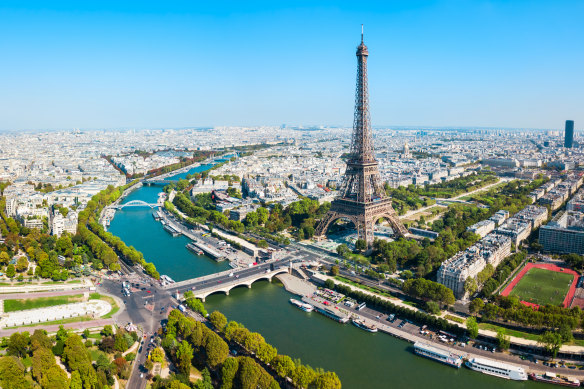
Local artists in Paris thought the Eiffel Tower was a “monstrosity”.Credit: iStock
The world-famous icon of Paris was built for the 1889 World Fair, and a key factor when Gustave Eiffel was given the go-ahead for construction was that it should be easy to dismantle.
Local artists, in particular, thought the Eiffel Tower was a monstrosity, and the original plan was to pull down the world’s tallest man-made structure after 20 years. 1909 rolled by, however, and the tower was a useful telecommunications mast. So it stayed. See toureiffel.paris
The Hollywood Sign
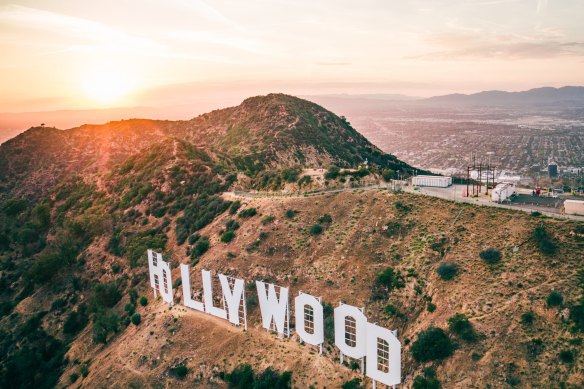
The iconic Hollywood sign started out as an advertising gimmick.
With its letters standing 15.2m high across the Beachwood Canyon, the Hollywood sign started out life in 1923 as an advertising gimmick for the Hollywoodland real estate development. It was supposed to be there for 1½ years but coincided with the boom of the cinema industry.
There was another reprieve in the 1940s when it fell into disrepair and became an eyesore – but the resulting clean-up agreement saw “LAND” dropped from the sign’s end. See hollywoodsign.org
The Tower of the Sun

The totem pole-esque Tower of the Sun in Osaka is frankly weird. Credit: iStock
The totem pole-esque Tower of the Sun was the symbol of Expo ’70 in Osaka. Seventy metres tall, with a giant golden face on top and two wings jutting out of the sides, it is frankly weird.
The tower originally shot through a giant roof, which has since been dismantled. Inside, there’s a rather trippy exhibition space hosting 292 models of living organisms. See taiyounotou-expo70.jp
The London Eye
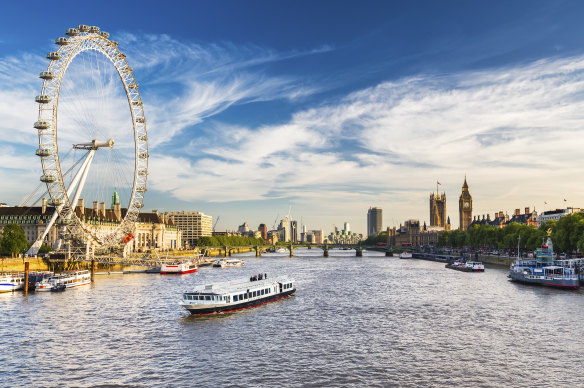
The London Eye is the most popular paid tourist attraction in the UK.Credit: iStock
London’s enormous riverside wheel was built for the Millennium celebrations, and was initially given a five-year lease. However, the local council finally bowed to the inevitable in 2022, granting it permanent status. The London Eye is the most popular paid tourist attraction in the UK, with about 3.5 million visitors per year taking a slow spin around above the Thames. See londoneye.com
The Atomium
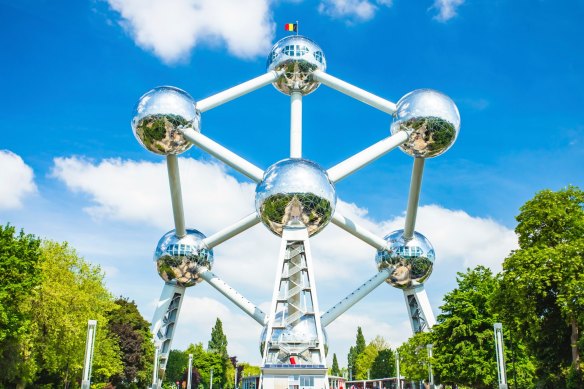
The Atomium in Brussels was only supposed to stand for six months. Credit: iStock
Originally built for the 1958 World’s Fair, the 102-metre Atomium takes the shape of an iron crystal’s unit cell magnified billions of times. These nine giant steel balls linked by tubes have since become a symbol of Brussels, but the Atomium was only supposed to stand for six months. Now it hosts permanent museum collections, temporary exhibits and events spaces. See atomium.be
Anne Frank House
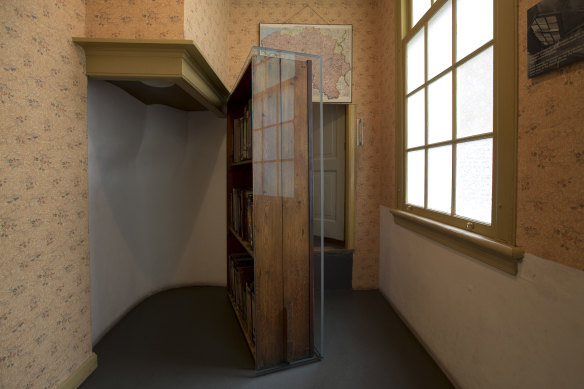
The Anne Frank Foundation raised enough money to save Anne’s hideout in Amsterdam for posterity.
Today, Anne Frank House on Amsterdam’s Prinsengracht canal is one of the key tourist attractions in the Netherlands. The powerful story of a young Jewish girl writing diaries as she hid from the Nazis has resonated across the world. But in 1955, the estate agent that owned the building got a demolition order, planning to replace the building with a factory. Shortly afterwards, the Anne Frank Foundation was founded, and raised enough money to save Anne’s hideout for posterity. See annefrank.org
The Leaning Tower of Pisa
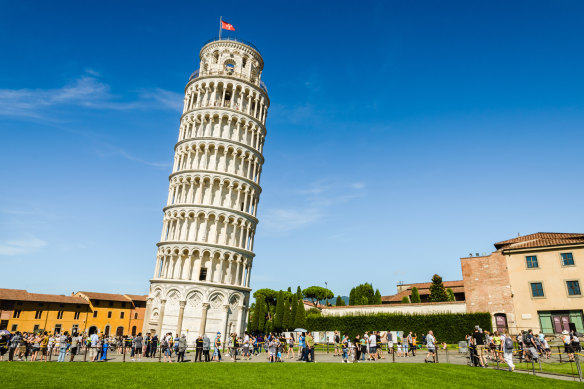
During World War II, the Allies strongly suspected the Germans were using the Leaning Tower of Pisa for reconnaissance.Credit: iStock
During World War II, the Allies strongly suspected the Germans were using the Leaning Tower of Pisa for reconnaissance. American GI Leon Weckstein was given the mission of getting up close to check. If he saw anyone in the tower, he was to give the call, and it would be destroyed by artillery fire. Weckstein was unsure, and came under fire himself before he could make the call. He ran, without giving the nod for the tower’s destruction.
Grand Central Terminal
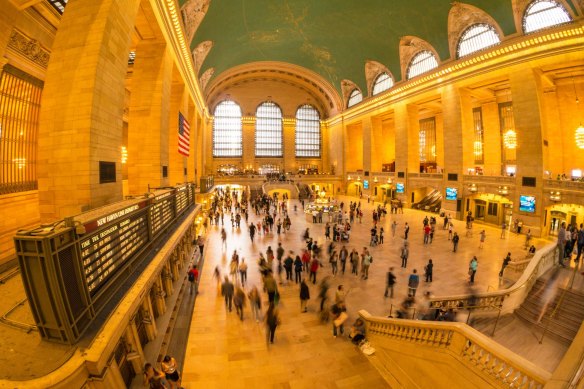
In 1968, Penn Central Railroad wanted to knock down Grand Central and replace it with a skyscraper. Credit: Alamy
New York City’s most beloved train station is a destination in its own right, with restaurants lining the Dining Concourse, a vast ceiling painting of the zodiac in the Main Concourse and ostentatiously grand light fittings.
In 1968, Penn Central Railroad wanted to knock down the terminal and replace it with a skyscraper. The City of New York won the legal battle, however, and Grand Central Terminal was given a reprieve. See grandcentralterminal.com
Another Place
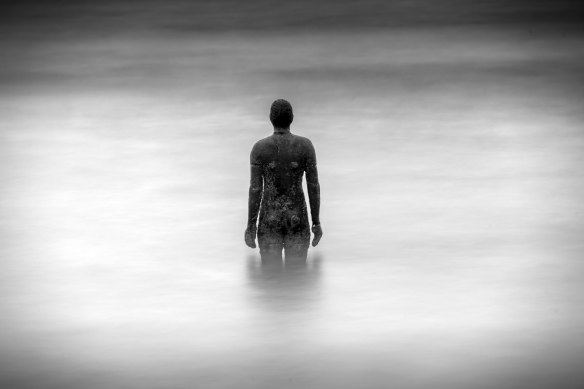
In 2007, Another Place was granted permanent status at Crosby Beach, Liverpool.Credit: Christopher Furlong/Getty Images
In 2005, one of the world’s great public art installations transformed Crosby Beach near Liverpool, England when 100 cast-iron sculptures of artist Antony Gormley’s body were dotted across the sands.
Another Place had previously been on show in Germany, Norway and Belgium and was due to be moved on again. But it was granted permanent status at Crosby Beach in 2007, with restoration work applied to stop the statues from sinking into the sand. See visitliverpool.com
The Big Prawn
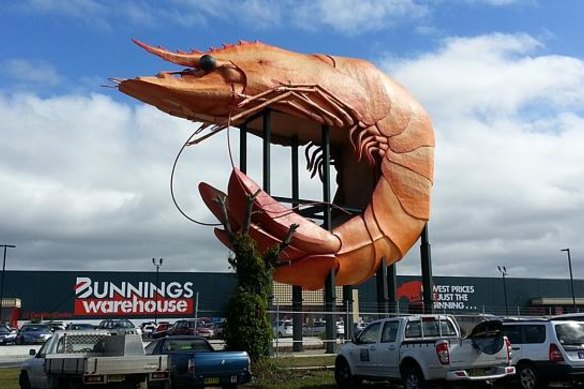
Ballina’s gloriously kitsch local landmark was saved by a retail giant.Credit: AFR
Ballina’s gloriously kitsch local landmark was originally tailless and on top of a service station. It was constructed in 1989, but when the service station closed in 2010, Ballina Shire Council voted to allow the Big Prawn to be destroyed. Instead, Bunnings took over the site, then pumped money into repainting the colossal crustacean and giving it a tail. See discoverballina.com.au
Sign up for the Traveller Deals newsletter
Get exclusive travel deals delivered straight to your inbox. Sign up now.